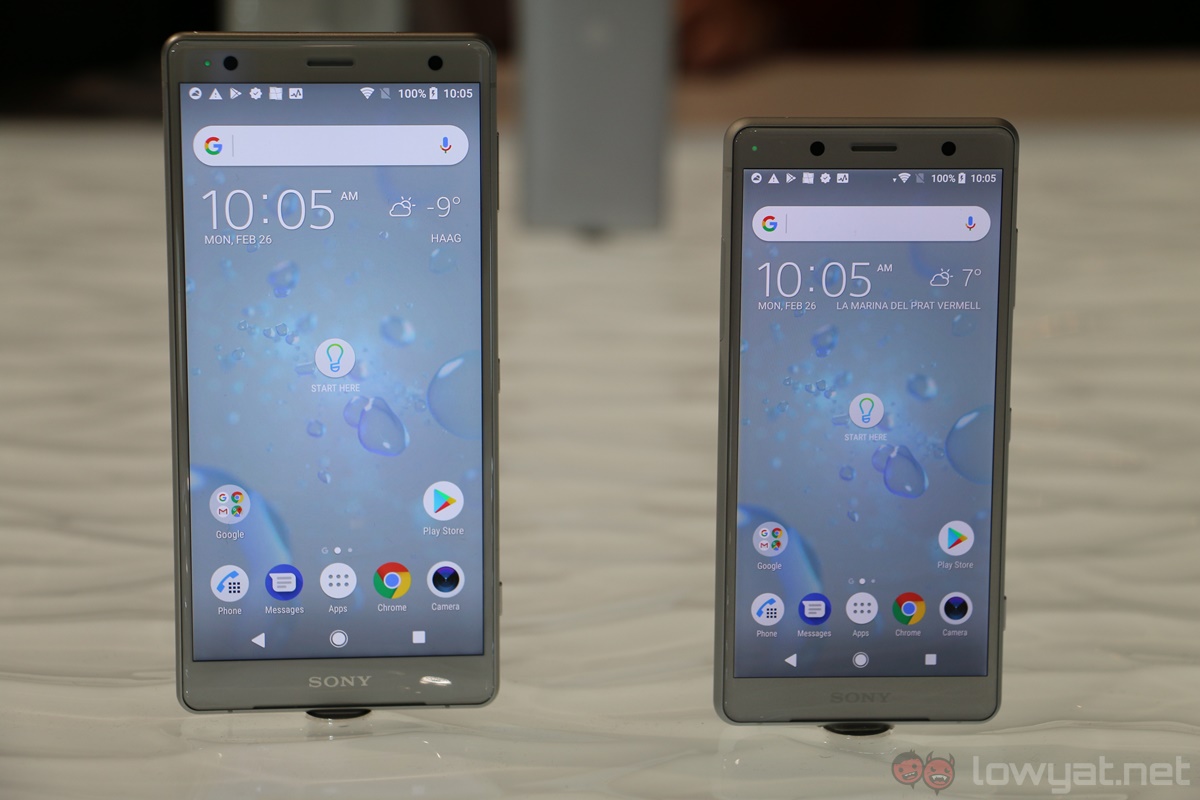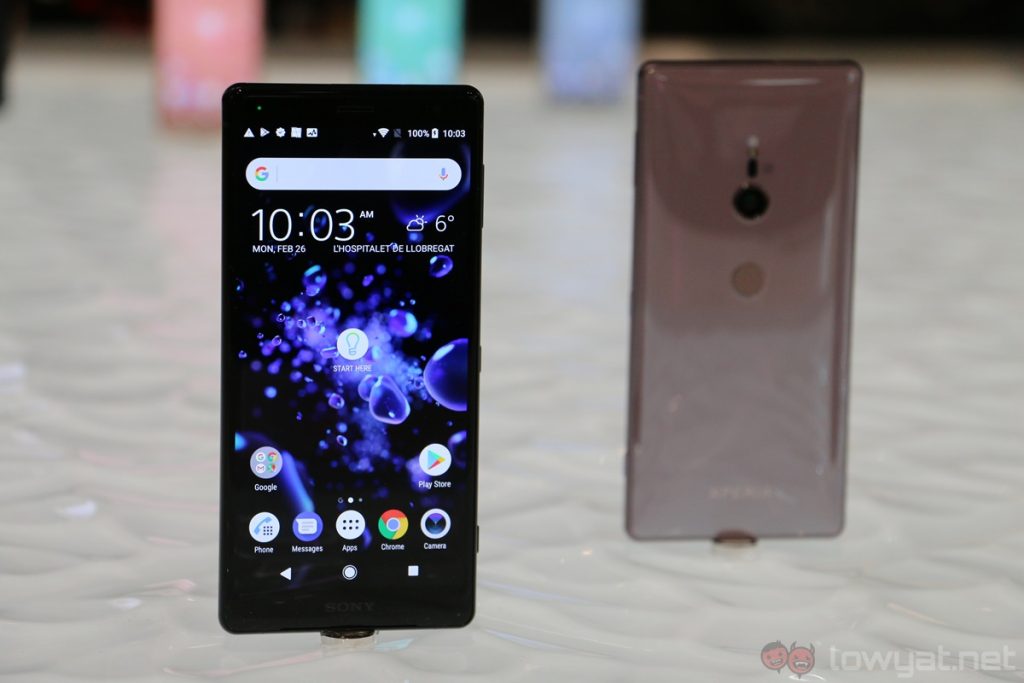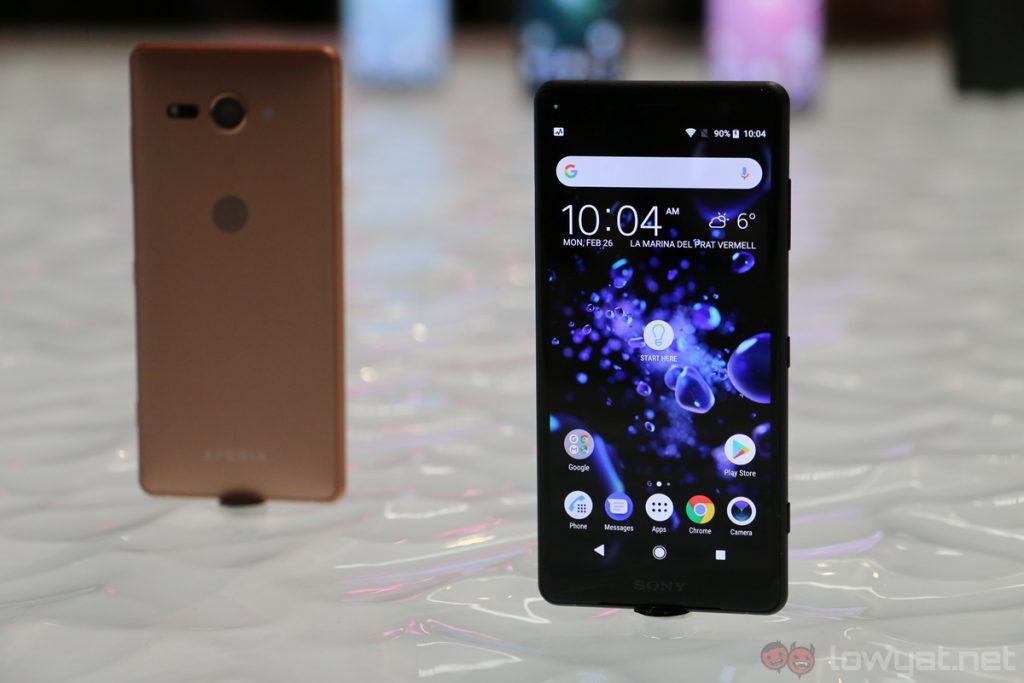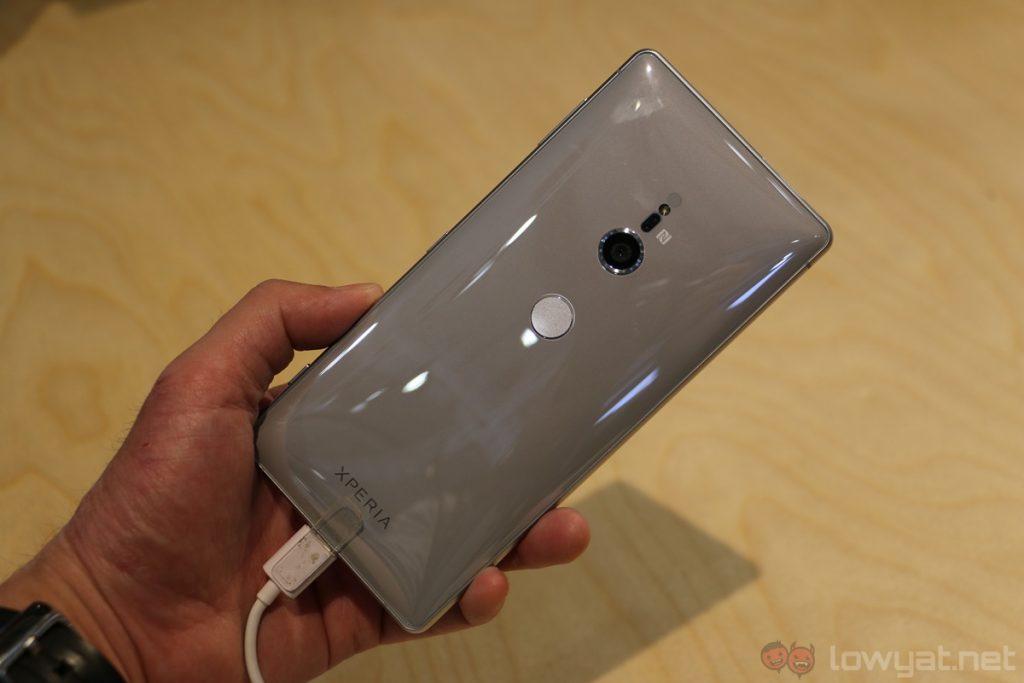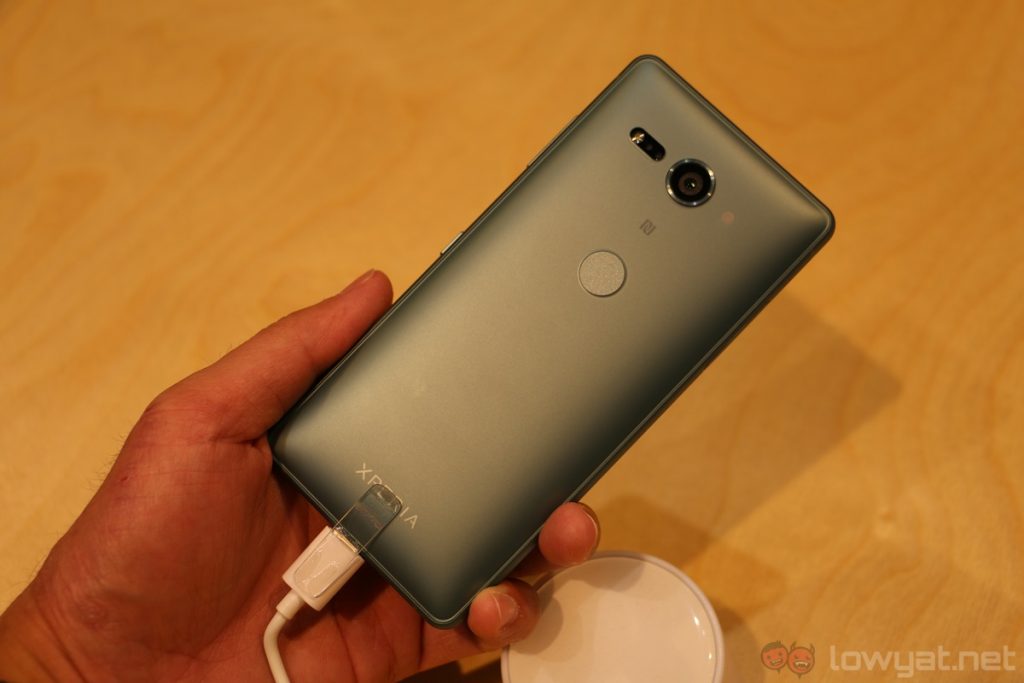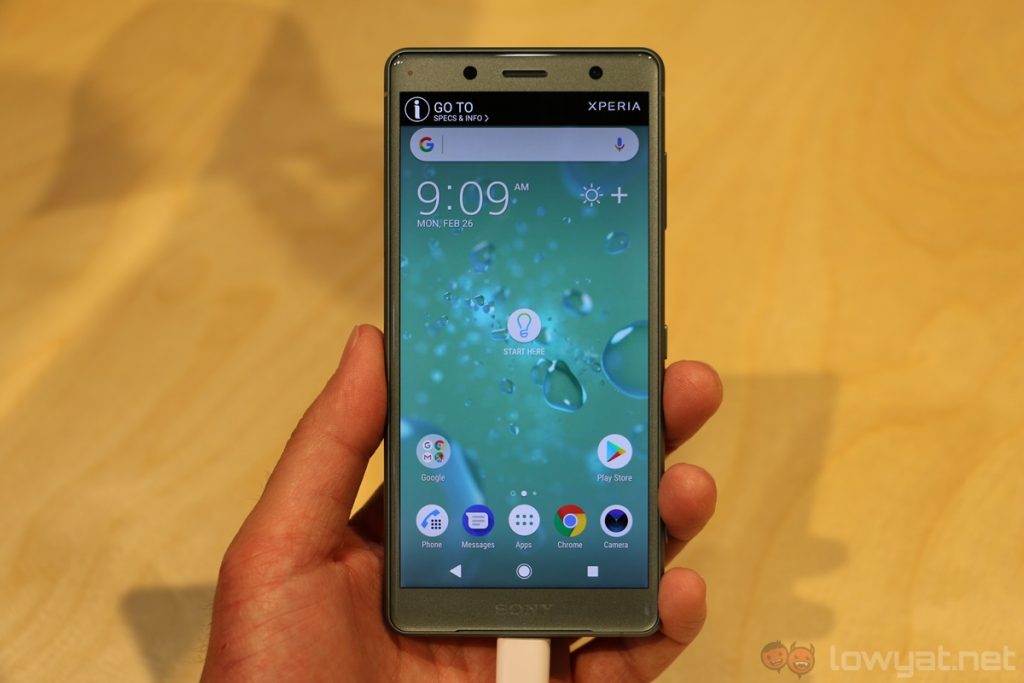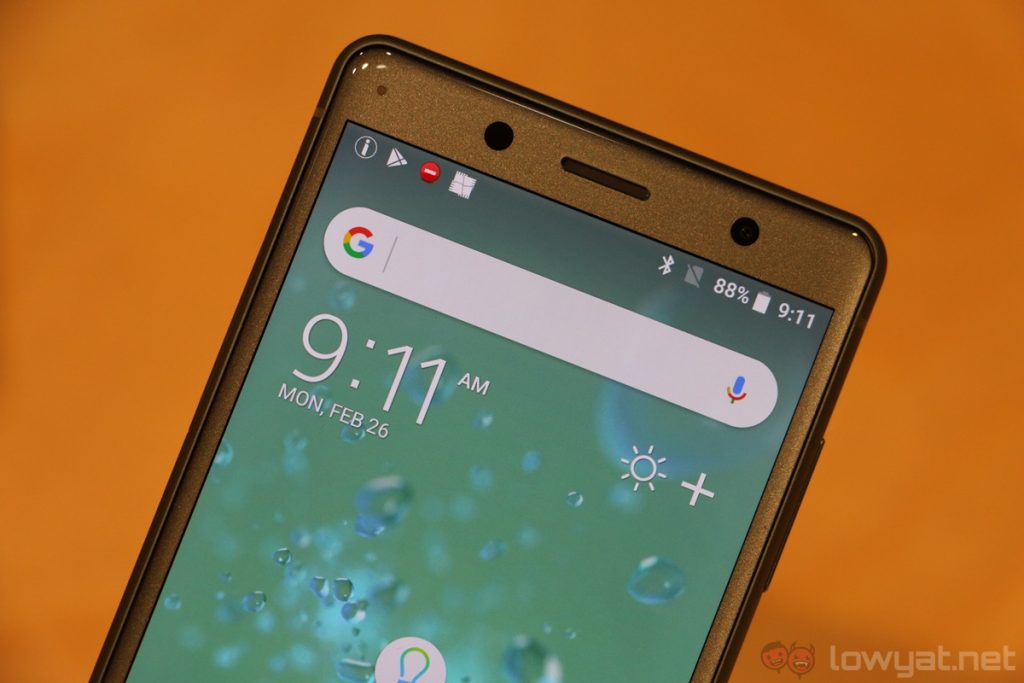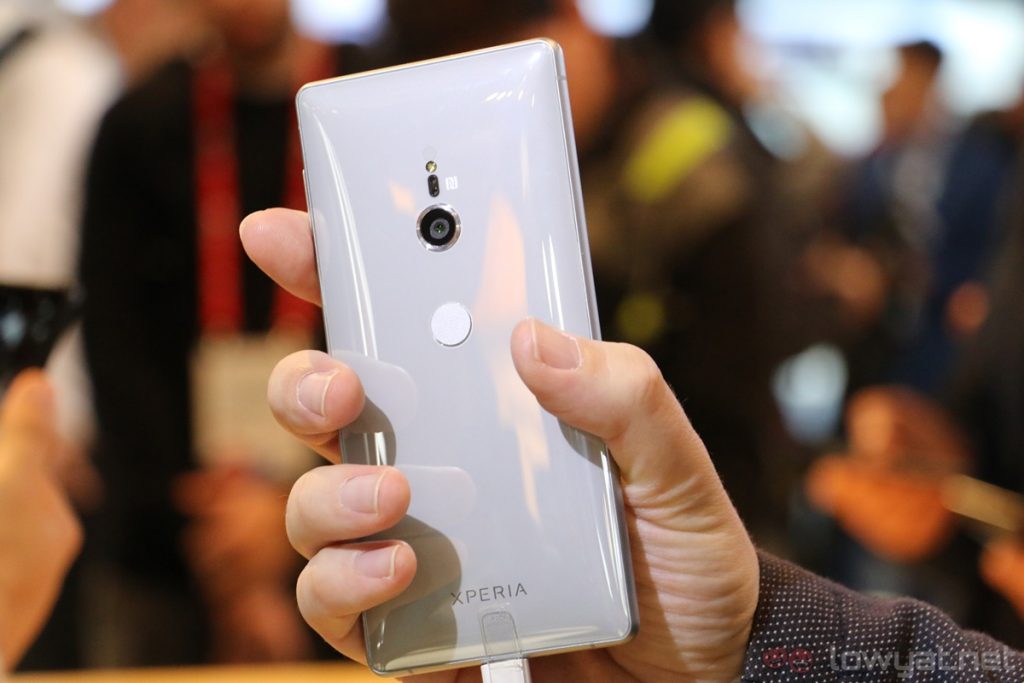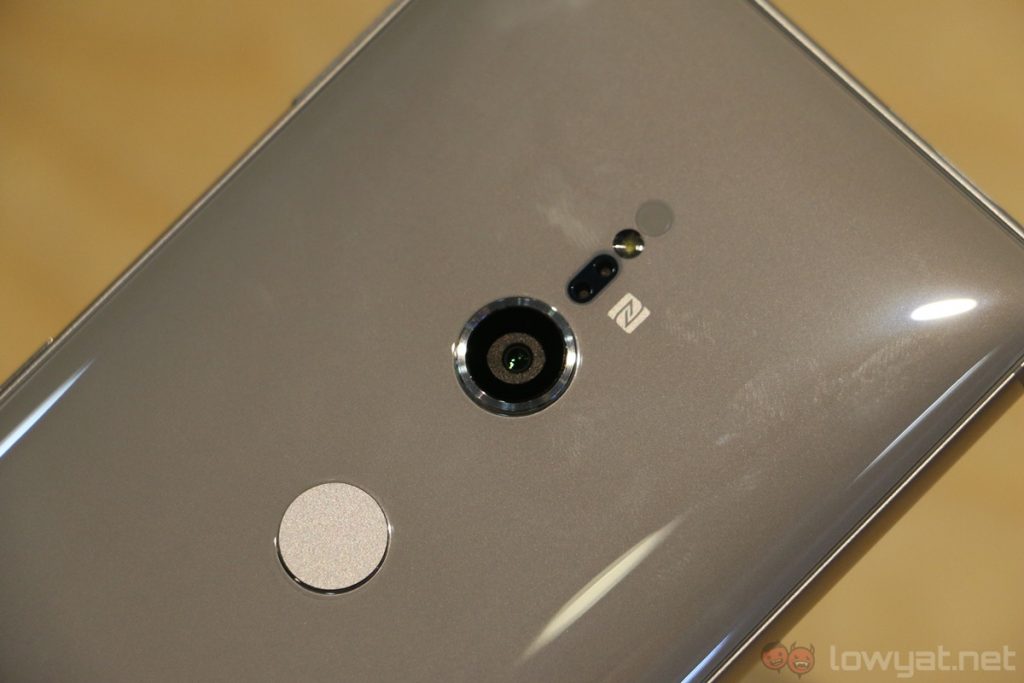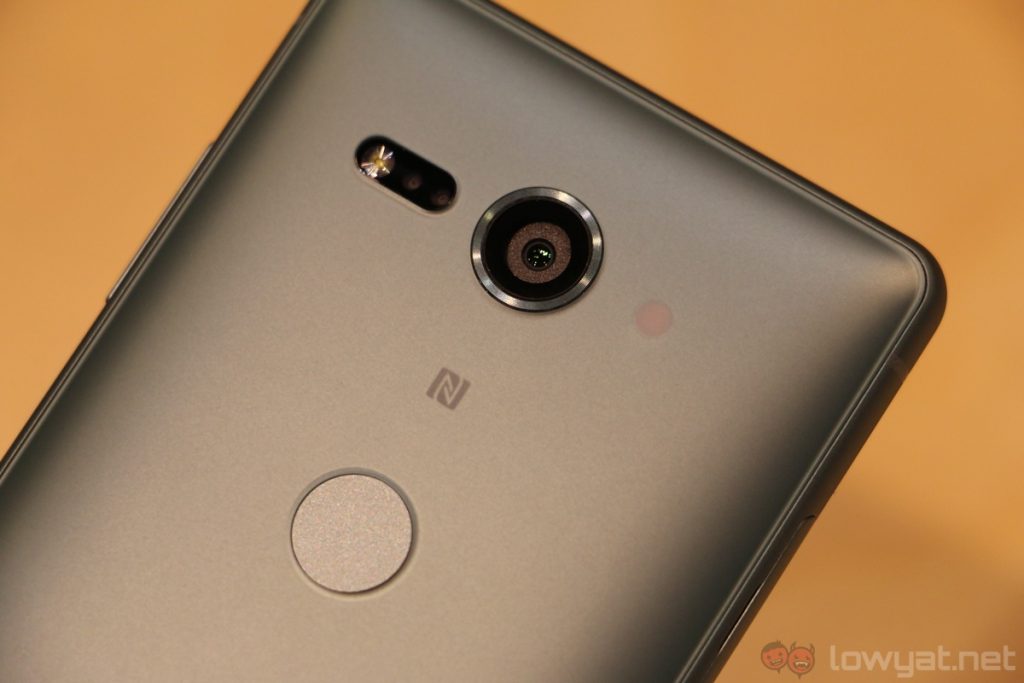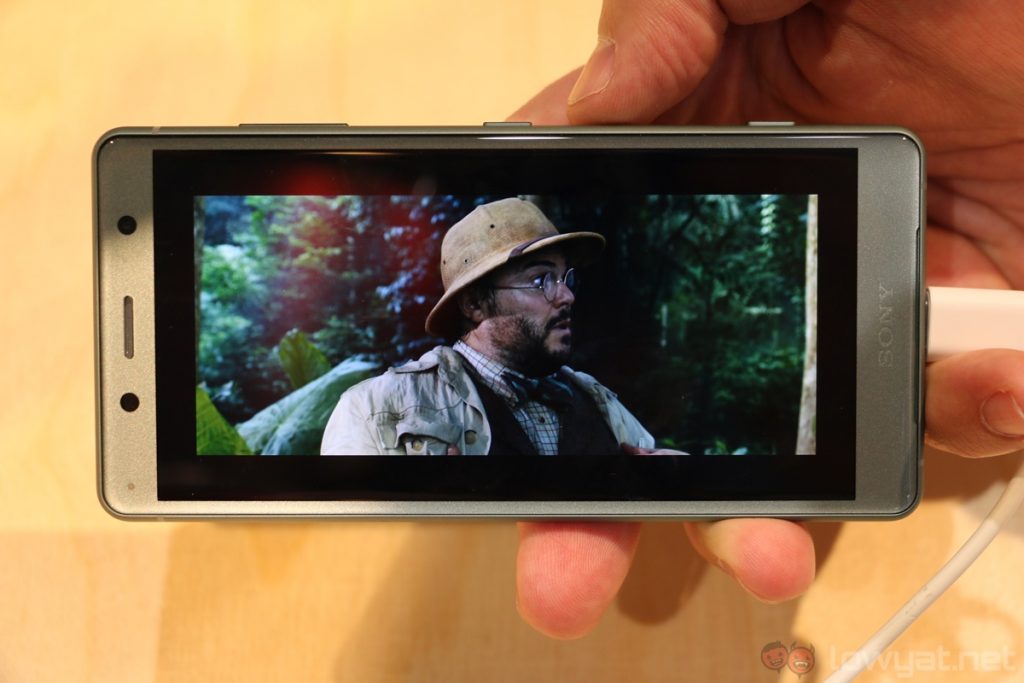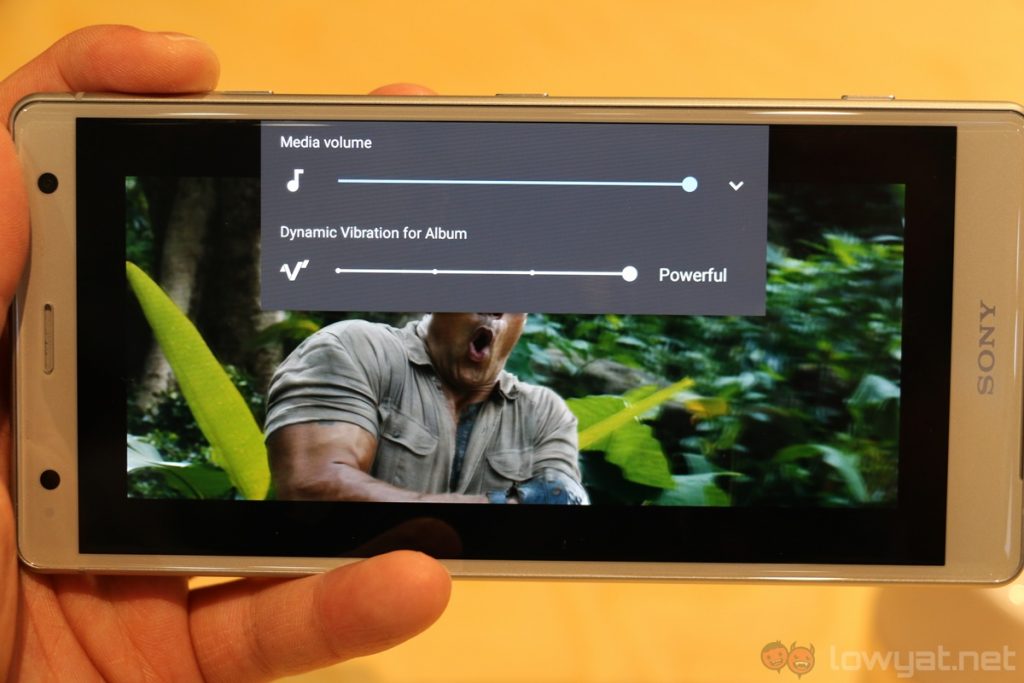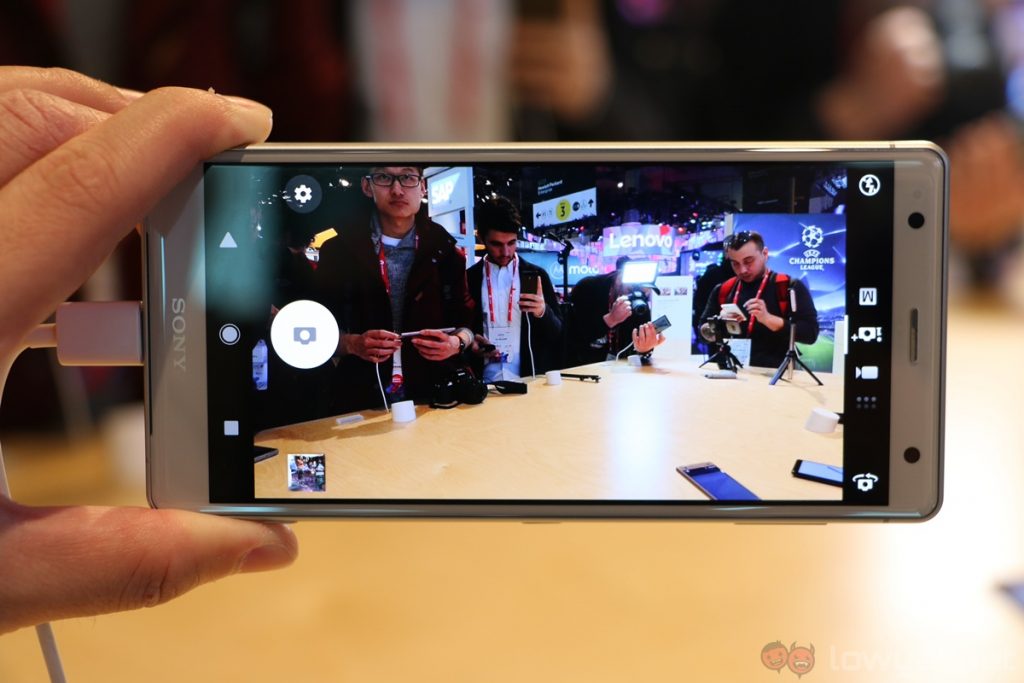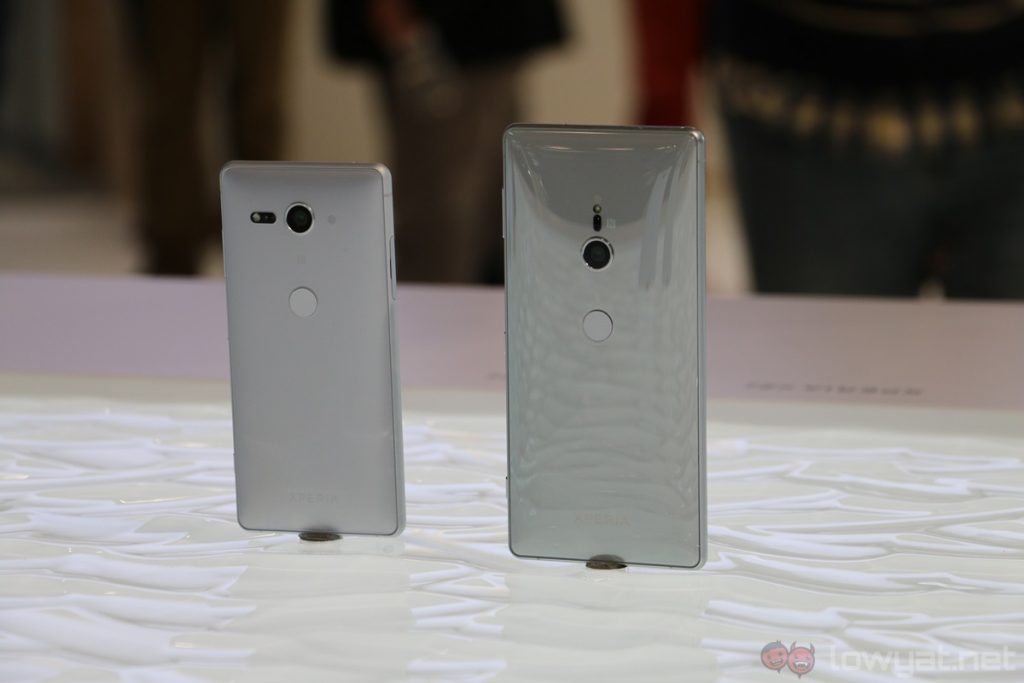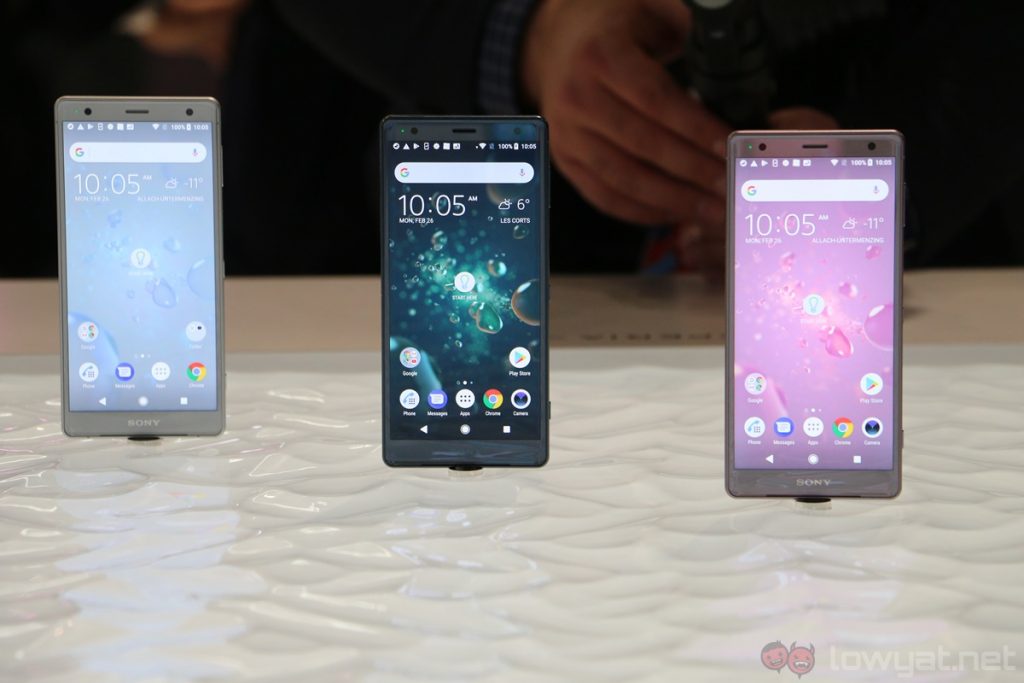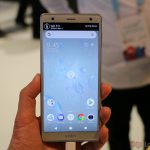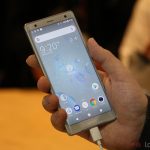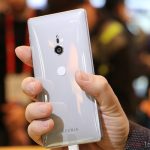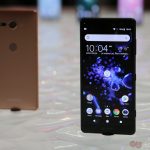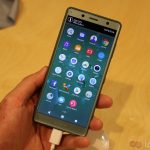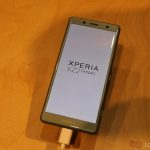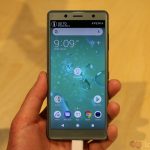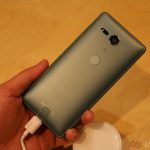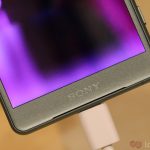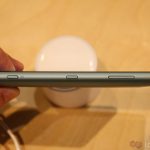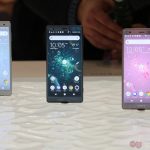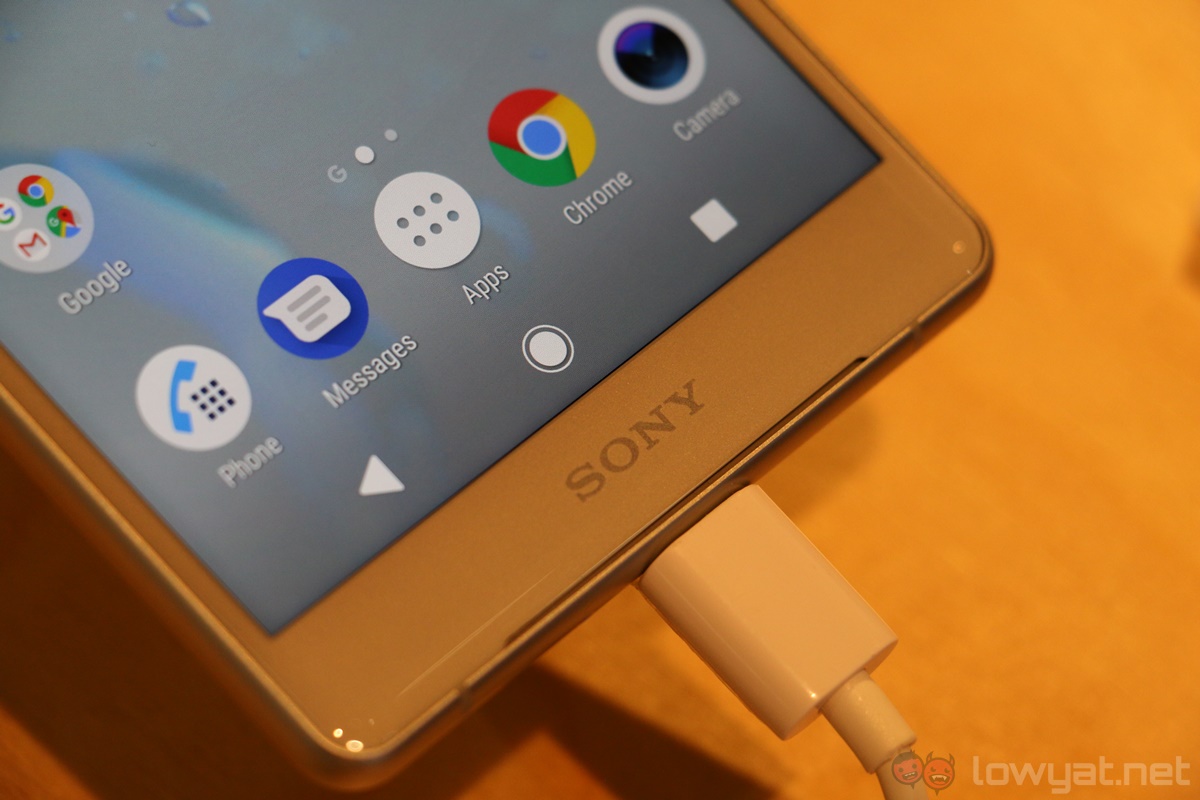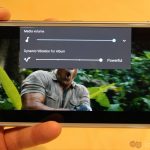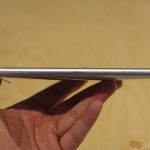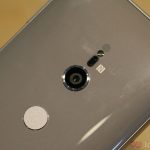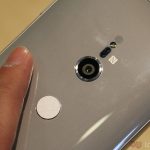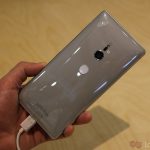Sony just released two flagship-tier smartphones at MWC 2018, and the Japanese company is finally embracing a new design language. Enter the Sony Xperia XZ2 and Xperia XZ2 Compact – two very capable smartphones, each with their own winning features.
However, in the grand scheme of things, these two smartphones still have a lot of catching up to do.
Like Sony’s previous duo of smartphones, the XZ2 and XZ2 Compact feature very similar hardware. These include Qualcomm’s latest Snapdragon 845 chipsets, 18:9 Full HD+ displays, 4GB of RAM, 64GB of expandable storage, IP65/68 ratings, Android 8.0 Oreo out of the box, as well as dual front-facing speakers. In terms of battery capacity, the XZ2 and XZ2 Compact come with 3,180mAh and 2,870mAh batteries respectively.
Aside from that, both the XZ2 and XZ2 Compact also sport the same 19MP rear camera, which is now capable of recording 960fps slow motion videos at 1080p – an upgrade from last year’s camera, which could only record at 720p. Interestingly, both phones can also capture HDR colour when recording in 4K.
The phones’ front-facing cameras, on the other hand, are 5MP snappers.
Of course, there are a number of differences between the XZ2 and XZ2 Compact. Other than the different battery capacities and screen sizes – the XZ2 features a 5.7-inch display, while the XZ2 Compact has a much smaller 5-inch panel – the Compact model does not support wireless charging. On top of that, Sony’s new Dynamic Vibration System is only available on the larger XZ2 as well.
Now that we’ve got their specifications out of the way, let’s get to the good stuff: the new design language. Gone are the chunky bezels and square design for a more modern look. The bezels have shrunk considerably – though still not as thin as other 18:9 smartphones – and both phones are comfortable to hold. However, the XZ2’s glass back does look reminiscent of certain HTC smartphones.
Speaking of the glass back, I am not a fan of the Xperia XZ2’s fingerprint sensor placement. Not only is it positioned much lower than where your index finger would naturally rest on the back of the phone, I find myself touching the camera lens instead whenever I was reaching for the sensor. While I’m optimistic I can get accustomed to the lower than usual sensor, it’s still not an ergonomically-sound position.
It’s worth noting that this only applies to the larger Xperia XZ2. The XZ2 Compact’s rear fingerprint sensor placement makes a lot more sense.
Apart from that, the XZ2 and XZ2 Compact’s HDR displays look great in person. Colours are punchy, black levels are good, and despite “only” packing Full HD+ displays, images and texts look sharp and crisp. In fact, it’s great to see that Sony isn’t overdoing it with 4K displays on these two phones – I’d take better battery life over higher pixel count any day.
Another particular feature I find pretty interesting is the new Dynamic Vibration System, which is only available on the larger Xperia XZ2. As its name suggests, it provides rumble feedback when you’re playing any form of media on the phone, including videos, music, and even games.
In some ways, this is very similar to the LG V30‘s TouchSense, but I find LG’s haptic feedback to be more refined than Sony’s implementation. But to Sony’s credit, this is certainly a feature I’d love to explore more in a full review.
Powered by Qualcomm’s brand new Snapdragon 845 chipset, the XZ2 and XZ2 Compact boast very high performance level, which really isn’t a surprise. Both phones feel fast and zippy, and Sony’s lightweight software further emphasise this.
Last but not least is the camera performance of the XZ2 and XZ2 Compact. Even though Sony is the major manufacturer of camera sensors for many flagship smartphones with excellent camera systems, the brand struggles to deliver similar performance with its own devices. Unfortunately, this seems to be a problem still for the XZ2 and XZ2 Compact.
Not only does the camera interface feel sluggish, both phones kept refocusing when I press the shutter button; there’s also a noticeable stutter in between shots. Sony’s aggressive post-processing is still present too, which is really noticeable when the images are zoomed in.
Hopefully, final retails units of the phones would have better camera performance, though I’m not particularly optimistic.
The Sony Xperia XZ2 and XZ2 Compact bring with them a refreshing new design language for Sony, and they’re really a huge improvement over previous Xperia smartphones when it comes to design. However, as impressive as both of these phones are, their competition are equally – if not more – outstanding, with features and designs leaps and bounds ahead.
That is not to say the XZ2 and XZ2 Compact are not worth your attention, of course. The XZ2 Compact’s small form factor and flagship level performance is a package not many phone makers offer, and the XZ2’s Dynamic Vibration System is a pretty unique feature too. But in a market dominated by behemoths like Samsung and Apple, the XZ2 and XZ2 Compact don’t exactly stand out.
Follow us on Instagram, Facebook, Twitter or Telegram for more updates and breaking news.


